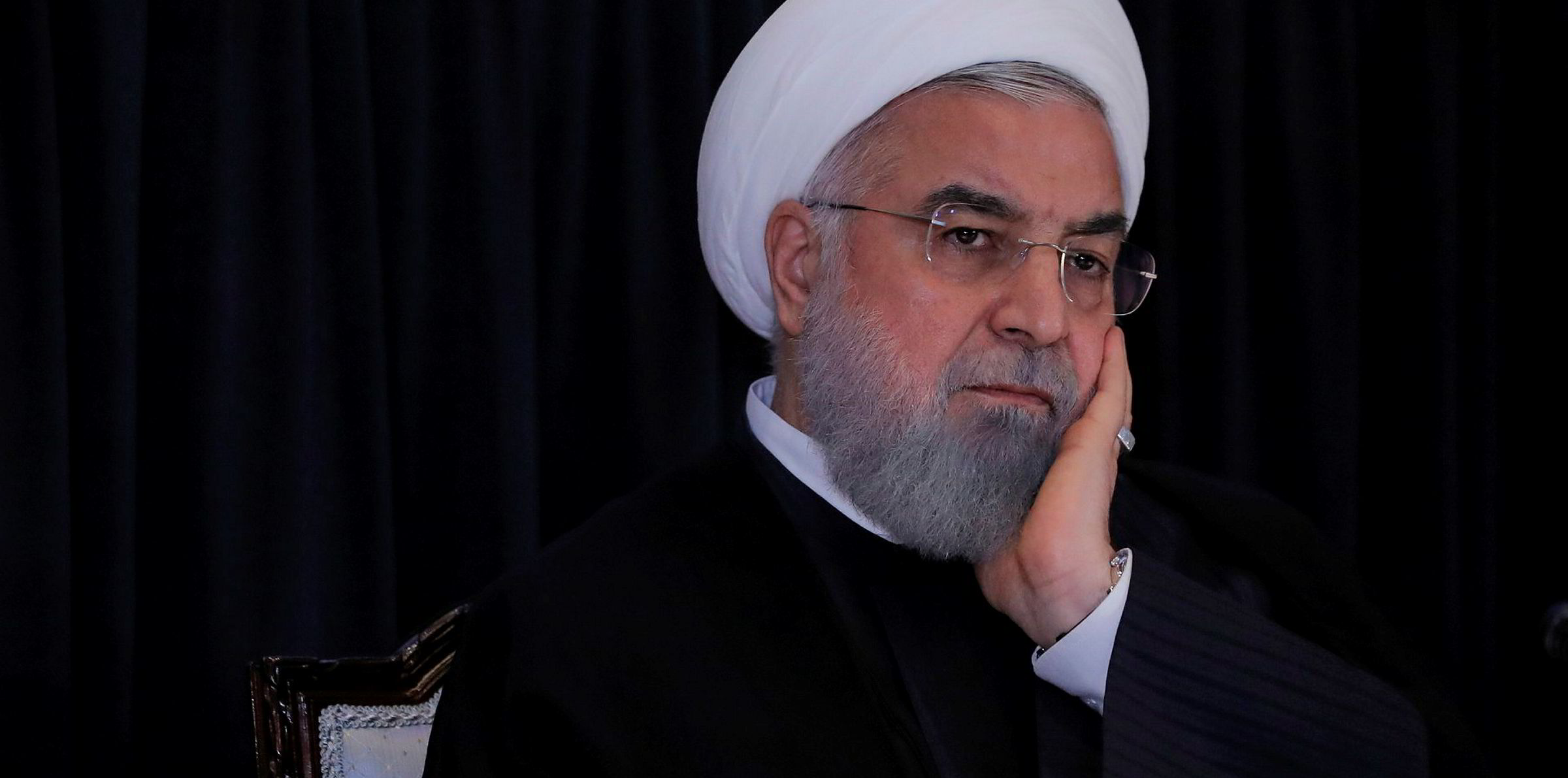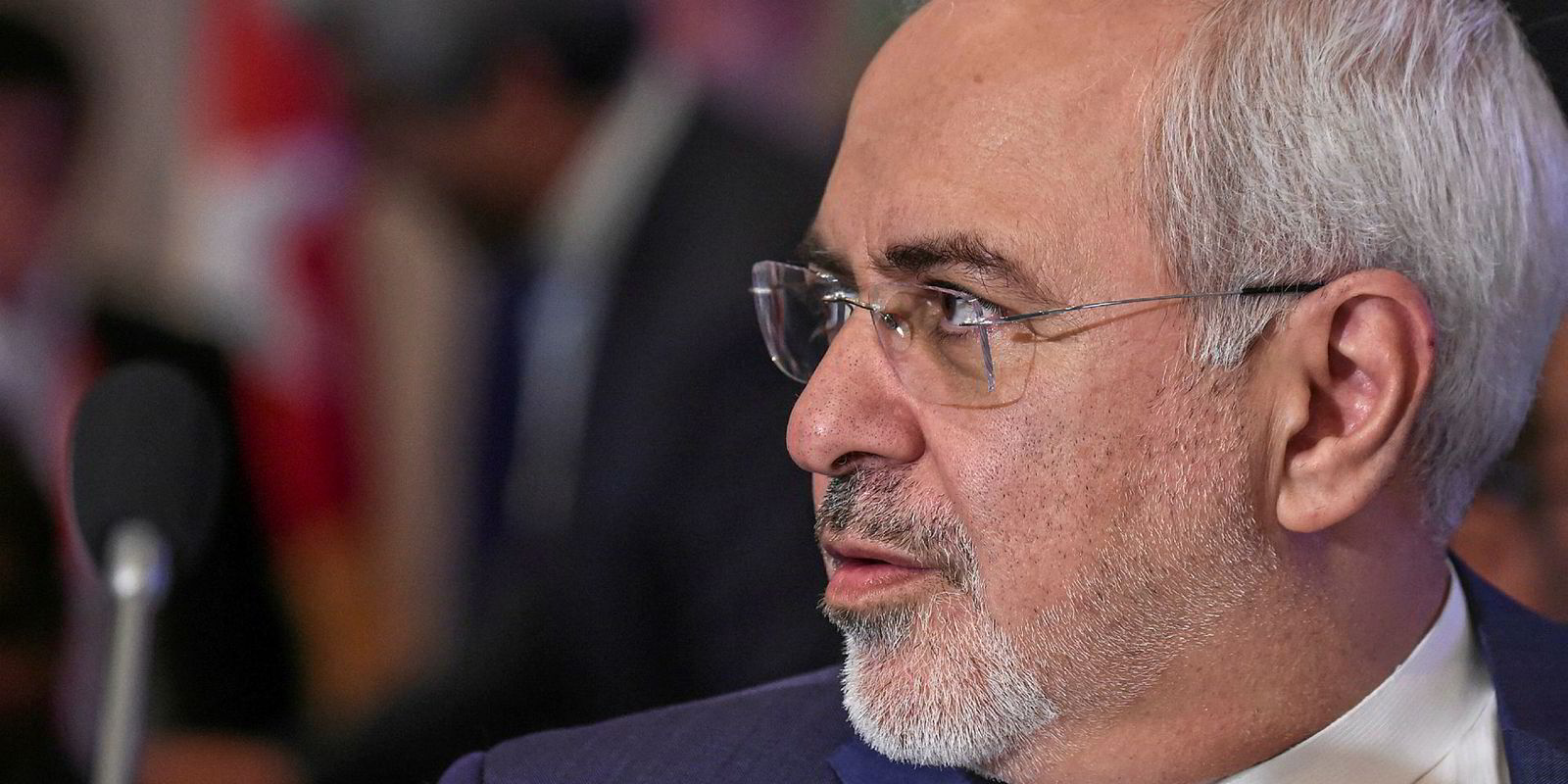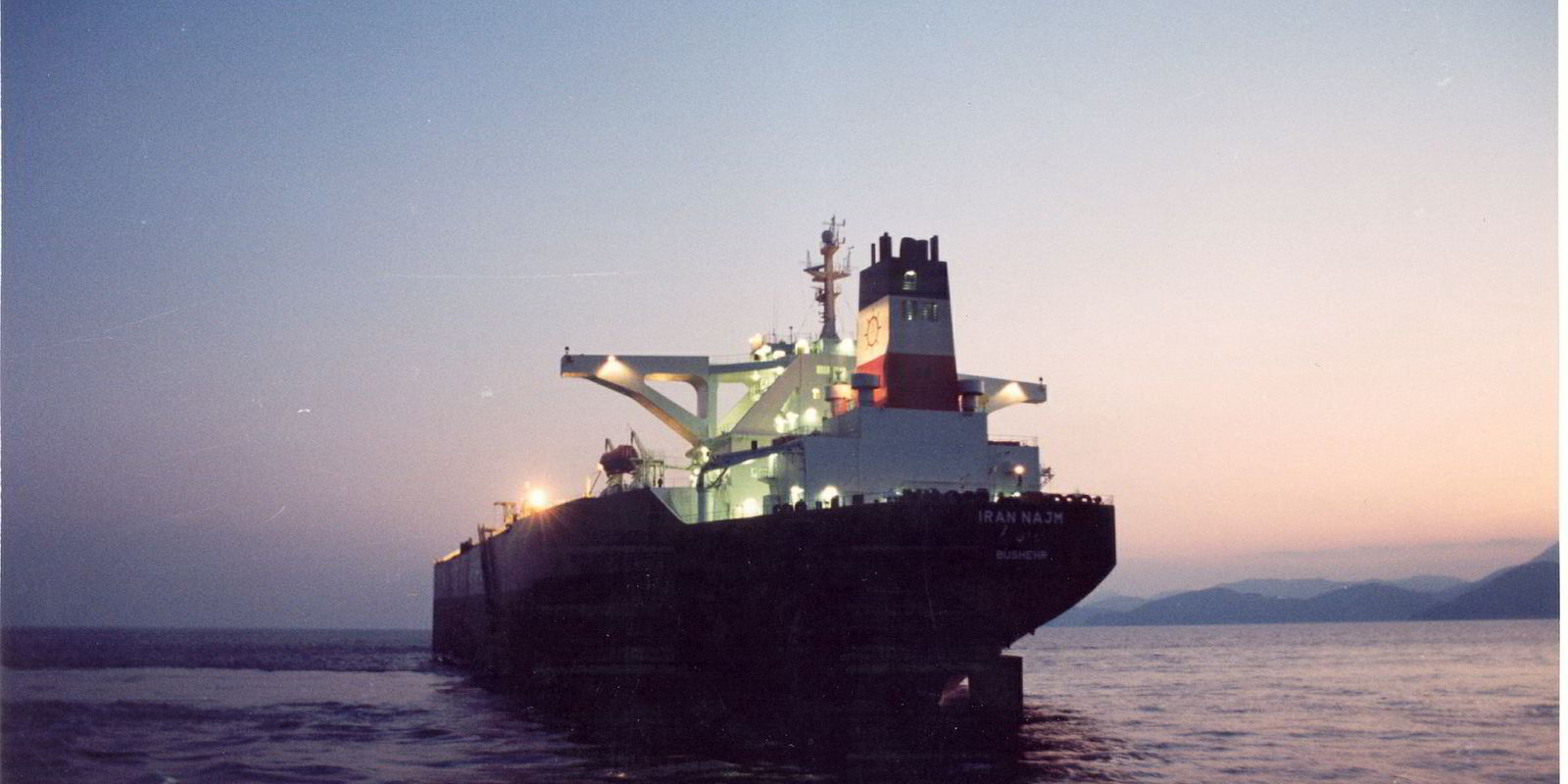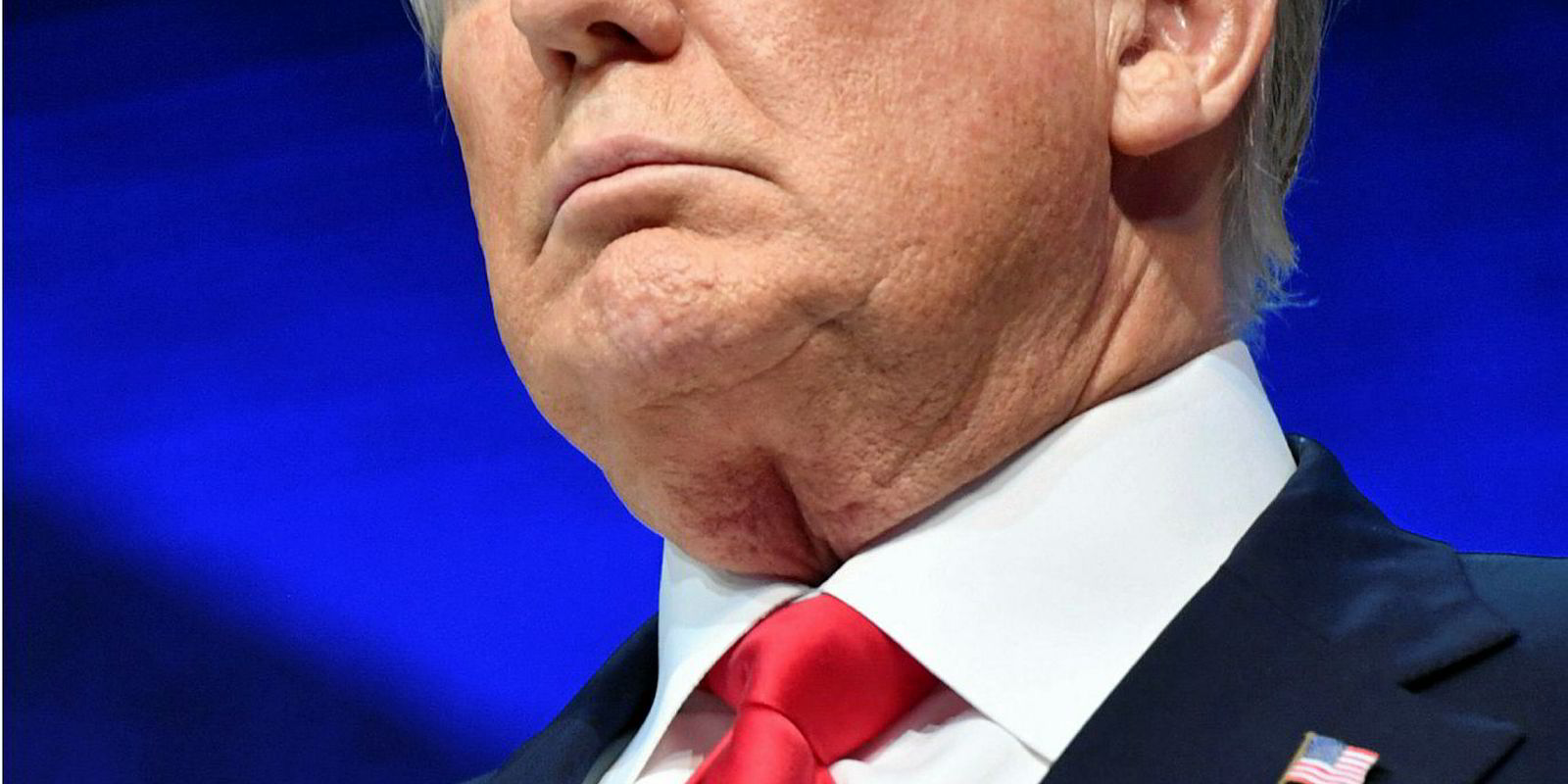Ever since Washington decided to unilaterally withdraw from the Joint Comprehensive Plan of Action in May, there have been two schools of thinking over how the re-imposition of US sanctions on Iranian oil trades would affect crude tanker markets.
On the one hand, the negative impact on shipping requirements by the removal of more than one million barrels per day (bpd) of Iranian crude seems straightforward. On the other, tonne-mile demand may actually increase if oil-consuming nations seek cargoes from farther afield.
We believe a bigger trend will be that of floating storage building up, given the lack of buying interest for Iranian barrels. Exports…look set to continue on their downward trajectory
So far, the bulls have gained the upper hand.
As buyers of Iranian crude started to reduce their purchases ahead of sanctions coming into force in early November, Iran’s crude exports fell to 1.75 million bpd in August before dropping further to 1.3 million bpd in September, according to ClipperData. This compares with an average of 2.2 million bpd between February and July.
Meanwhile, spot VLCC charter rates on main trading routes have reached year-to-date highs in Worldscale terms. Average time charter equivalent earnings for suezmaxes on the Baltic Exchange routes have risen to the highest level this year.
Analysts point out the strength in charter markets lies in robust oil demand growth.
The International Energy Agency expects global oil demand to reach 100.3 million bpd in the fourth quarter, versus 99.8 million bpd in the third quarter and 98.7 million bpd in the same period of 2017. Buyers of Iranian crude have been in need of replacement barrels.
Gibson Shipbrokers has noted that China, Japan and South Korea have been lifting more US crude while more West African cargoes are flowing to China, which bodes well for VLCC demand. It also added that the aframax trade could receive a boost from higher lightering requirement in the US.
Iranian trade
With National Iranian Tanker Co (NITC) and National Iranian Oil Co both on the sanctions list, the Islamic republic has been struggling to maintain its export operations.
Also, even as Brussels seeks to use a block exemption to continue trading with Iran while keeping the nuclear deal alive, marine insurers have dropped their Iran-related coverage to avoid falling foul of Washington’s sanctions.
The net result is the Iranian tanker market has become increasingly segregated from international trade, with a decreasing number of foreign owners willing to take on Iranian business.
According to VesselsValue, NITC accounted for nearly two-thirds of crude liftings in Iran last month, compared with 40% in April.
Iran has also had to cut crude production while routing some of its output into floating storage.
Based on a survey of Opec secondary sources, the country’s crude production was at 3.58 million bpd in August, down from the second-quarter average of 3.81 million bpd. Data from Charles R Weber shows NITC had five units in floating storage and three in dry-docking as of the end of last week.
Risks ahead
Looking forward, as the Trump administration appears much less generous than Obama in handing out waivers for the sanctions, Iranian crude buyers may have to continue to reduce their crude intake — unless Iran can keep large quantities of oil flowing on NITC ships that turn off their AIS signals as some reports suggest.
Matt Smith, ClipperData commodity research director, pointed out to TradeWinds that even China — the largest importing nation of Iranian crude currently in a trade war with the US — was reducing imports in September, not to mention India and north-west Europe.
“We believe a bigger trend will be that of floating storage building up, given the lack of buying interest for Iranian barrels,” Smith said. “Exports … look set to continue on their downward trajectory.”
This paints a rosy picture for crude tanker owners in the weeks ahead. But it may be premature to declare the winter is won and Iran is completely a bullish factor.
The loss of Iranian barrels has pushed up oil prices. This leads to higher bunker costs, which Arctic Securities has said are eroding owners’ bottom lines.
Moreover, higher oil prices risk dampening crude demand eventually, especially given the macroeconomic concerns amid trade disputes, and that could hurt shipping requirements.
“Trade sanctions or limitations are almost always negative for the market,” Banchero Costa analyst Luigi Bruzzone warned.






